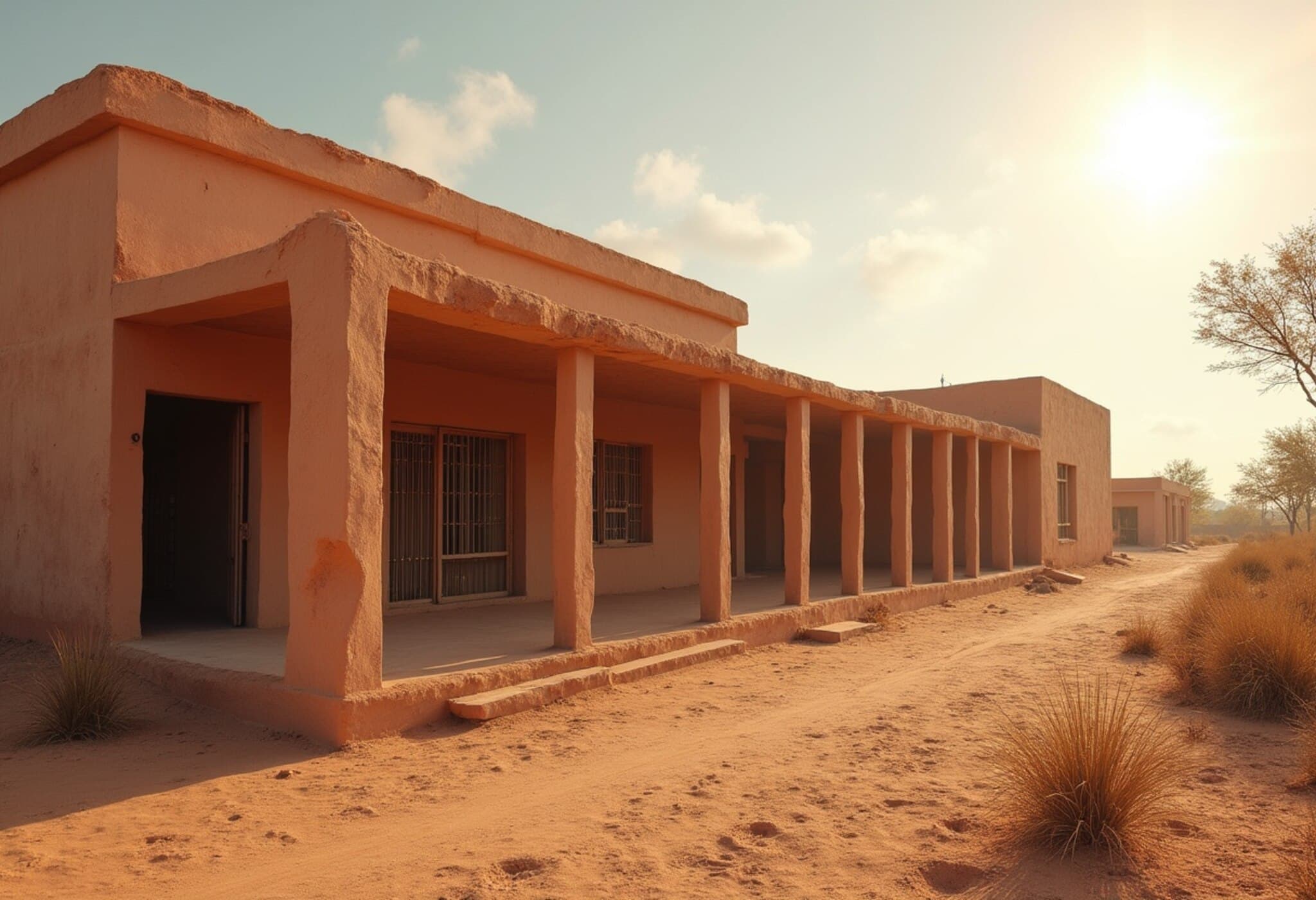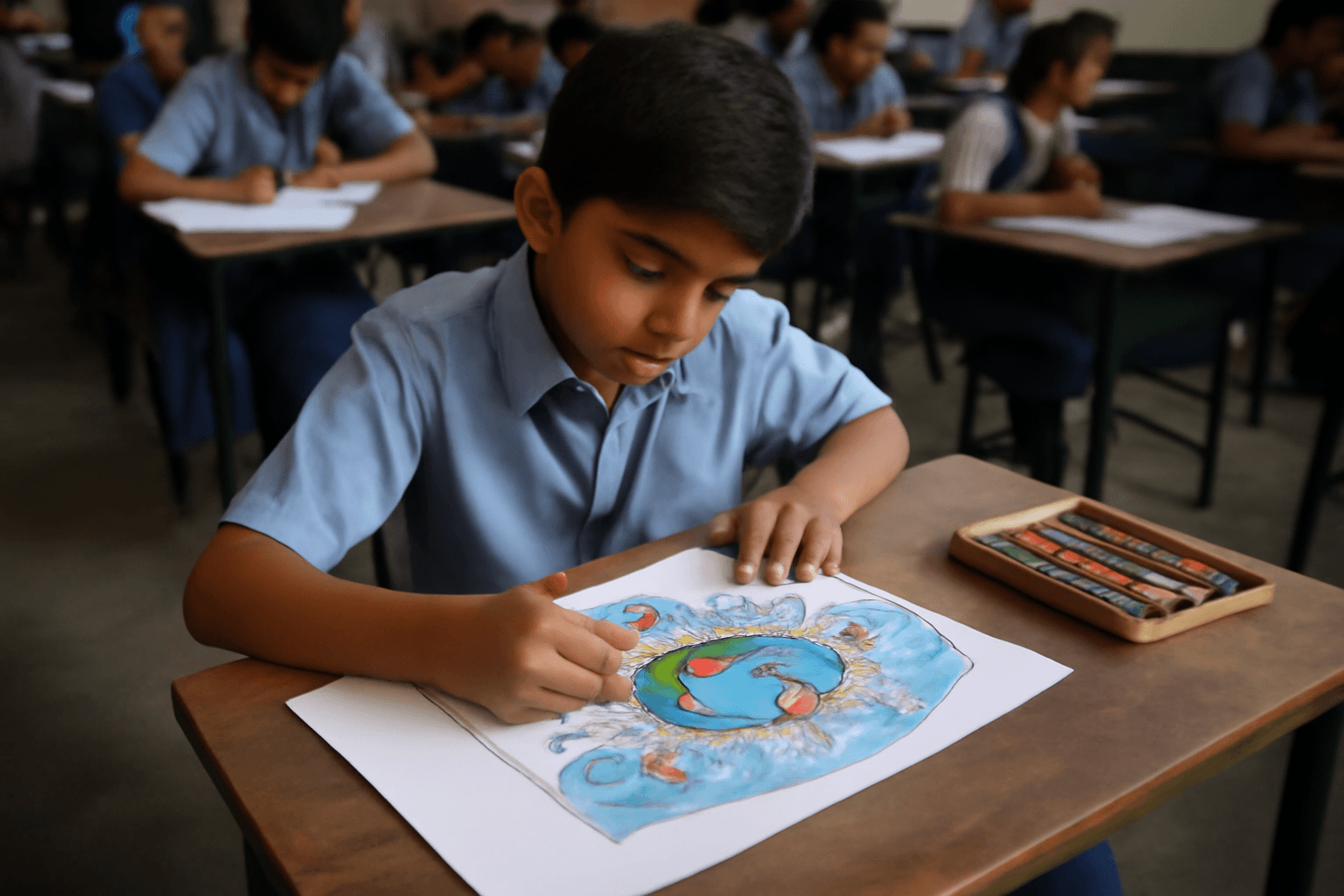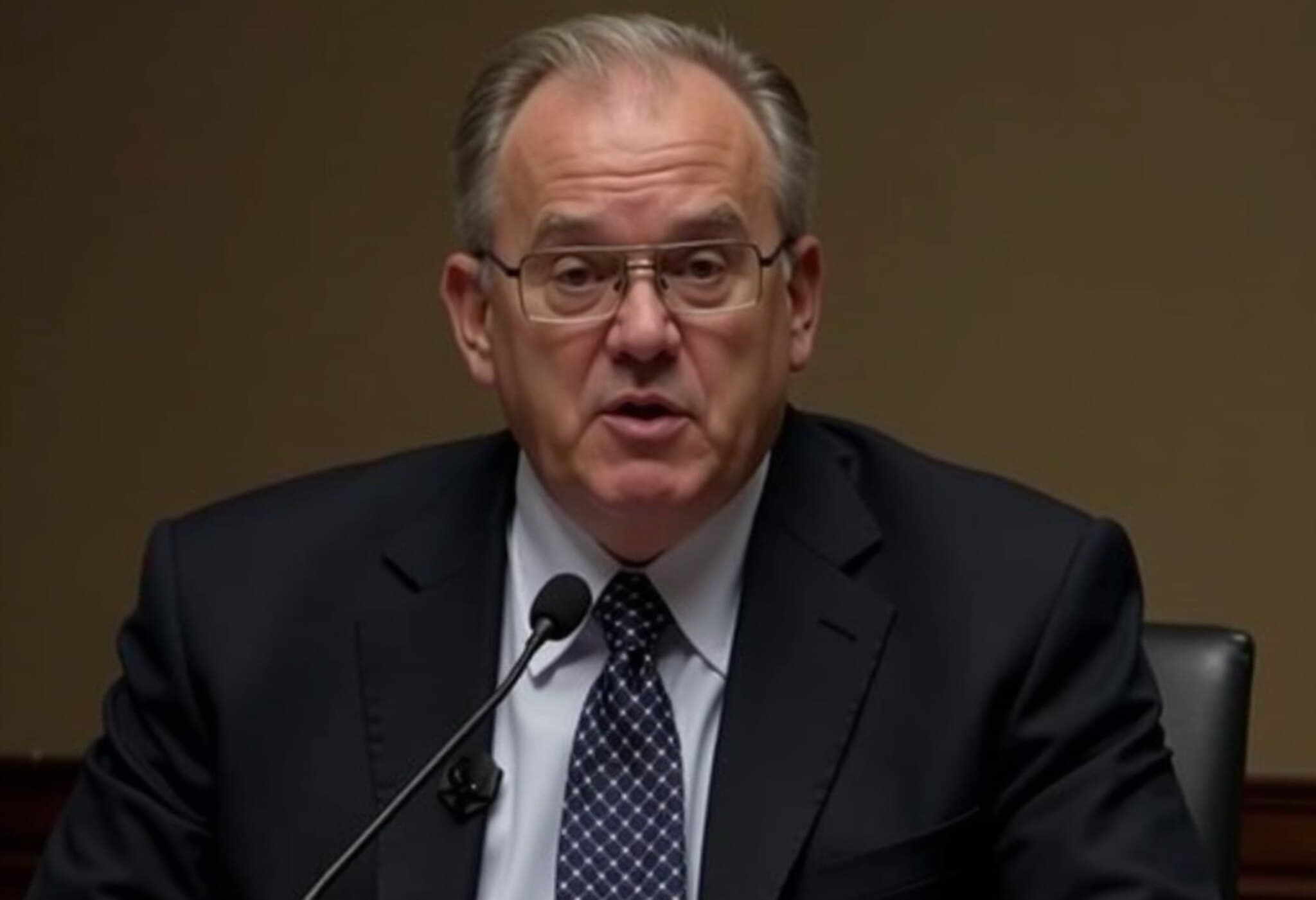Redefining School Architecture for a Warming Planet
As global temperatures soar and heatwaves intensify, educators and architects face an urgent challenge: how to create learning environments that remain comfortable and conducive without relying heavily on air conditioning. From the scorching deserts of Rajasthan to the tropical climates of Africa, an inspiring movement is emerging, rooted in sustainable, locally informed design.
The Vision of Francis Kere: Cooling Through Culture and Clay
Francis Kere, a Berlin-based architect originally from Burkina Faso, is leading this transformative approach. He recalls his own oppressive school days in a stifling classroom—a space so unbearably hot he joked it was better suited to baking bread. Determined to change that narrative, Kere designed the Gando Primary School with features tailored to combat extreme heat naturally.
Rejecting energy-intensive air conditioning, Kere employed classic passive cooling methods:
- Cross-ventilation: Classrooms with openings at opposite ends encourage airflow, mitigating heat buildup.
- Clay construction: A time-honored material that regulates temperature by absorbing heat during the day and releasing it at night.
- Layered roofing: An elevated perforated roof shades the building and encourages air movement.
Kere contrasts these features with conventional concrete and glass designs, which trap heat and often mandate air conditioning—creating a paradox where cooling solutions exacerbate global warming.
“My own school was so hot it was hard to concentrate,” Kere explains. His work demonstrates that architecture can directly influence educational outcomes—a claim supported by studies worldwide indicating cognitive performance drops when classroom temperatures exceed 26°C (79°F).
Inspired by Nature: Termite Mounds and Traditional Techniques
In Kenya, Kere drew inspiration from termite mounds, natural ventilation marvels that maintain stable internal temperatures despite external heat. Low inlet openings channel in fresh air while terracotta towers function as vents for hot air escape, showcasing biomimicry’s potential in sustainable architecture.
Desert Innovation: The Rajkumari Ratnavati Girls School in India
Thousands of miles away, in India's Thar Desert, architect Diana Kellogg’s Rajkumari Ratnavati Girls School battles temperatures soaring to 48°C (118°F). The school's sweeping oval form and orientation harness prevailing desert winds, while interior walls coated with lime plaster add a layer of cooling.
Further borrowing from indigenous Indian craftsmanship, jali latticework walls accelerate airflow through the Venturi effect, enhancing natural ventilation. The school operates entirely on solar power and captures rainwater, forging a self-sufficient, green landmark in a traditionally under-resourced region.
Kellogg notes the school's impact goes beyond temperature regulation. Rajasthan’s female literacy rate remains among India's lowest, yet this monumental structure offers more than shelter—it symbolizes empowerment. “Girls call it ‘The College’ with pride, and even boys are inspired,” she observes.
Global Responses: Greening Schoolyards and Future-Proofing Facilities
Even in temperate climates, the urgency to adapt schools to rising temperatures grows. The United Kingdom, for instance, insists new school buildings be prepared to withstand a projected 4°C rise in average temperatures. Interestingly, older Victorian schools—despite their draftiness—fare better during heatwaves than some modern buildings designed to trap warmth in winter.
Innovations extend outdoors, too. Urban heat islands—where cities can be 4–6°C hotter than surrounding rural areas—are being addressed by green initiatives. Paris plans to transform all asphalted schoolyards into shaded, vegetated spaces by 2050, aiming to cool playgrounds and benefit children’s holistic development.
Scientists are also exploring reflective and 'cool roof' paints, including advanced coatings that could outperform air conditioners in reducing surface temperatures, heralding new low-energy solutions for schools worldwide.
Rediscovering Clay: Low-Tech Solutions with High-Tech Benefits
While cutting-edge technologies like smart glass and geothermal cooling are emerging, architects like Germany’s Anna Heringer advocate for humble, locally sourced materials. Known for her mud-brick school projects from Bangladesh to Ghana, Heringer champions clay as a sustainable, effective climate moderator.
Contrary to assumptions that clay erodes easily, she emphasizes natural techniques that prevent deterioration and that traditional clay buildings have stood the test of centuries. Clay’s ability to balance humidity makes interior temperatures more comfortable, protecting children’s health by avoiding the stresses of sudden temperature swings common with air conditioning.
In Tanzania, Heringer observed villagers preferring mud homes for sleeping despite perceiving concrete houses as status symbols—underscoring a cultural shift needed to embrace sustainable architecture fully.
The Growing Demand for Sustainable School Design
Kere’s practice, with projects stretching from Africa to even Las Vegas, notes rising interest in passive cooling and clay construction—a trend unthinkable just a few years ago. This momentum reflects broader awareness about the environmental and social stakes of architectural choices.
Expert insight: The educational sector represents a critical frontier in climate adaptation. Investing in school infrastructure not only safeguards children’s health and academic performance but can also catalyze community empowerment, social equity, and environmental stewardship.
Editor’s Note
The growing wave of heat-resilient school designs underscores a vital lesson: solutions to climate challenges often lie in harmonizing modern expertise with traditional knowledge. As global heatwaves become the new norm, architects and policy makers must prioritize sustainable, human-centered school environments. Yet, critical questions remain—how can governments accelerate funding and policies to mainstream these approaches? What role can communities play in preserving indigenous building wisdom? And crucially, how will educational outcomes improve when children learn comfortably, surrounded by architecture that respects both nature and culture?









